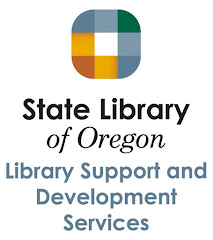Barr, Catherine. Best New Media, K-12: A Guide to Movies, Subscription Web Sites, and Educational Software and Games. Westport, CT: Libraries Unlimited, 2008.
ISBN: 978-1-59158-467-4
Publisher's Description
The
abundance of formats available today provides a rich learning
environment but also poses challenges to librarians, teachers, and
parents. This new volume in the respected Best Books series guides
readers to the best movies, educational software and games, and
subscription Web sites for children and teens. Entries feature full
bibliographic information (including grade level), a descriptive
annotation, and review citations. An introduction addresses selection,
acquisition, cataloging, shelving, and security of new media. A great
selection, collection development, and programming tool...Comments
on best values are incorporated when appropriate. Extensive indexing
makes access easy, and an introduction addresses selection,
acquisitions, cataloguing, shelving, and security of new media. Grades
K–12.
Table of Contents
Preface
Materials for Younger Children (Grades K-3)
Materials for Older Children (Grades 4-12)
Literary Forms
Language and Communication
Biography, Memoirs, Etc.
The Arts and Entertainment
History and Geography
Philosophy and Religion
Society and the Individual
Guidance and Personal Development
Physical and Applied Sciences
Recreation and Sports
Reference
Title Index
Subject Index
Materials for Younger Children (Grades K-3)
Materials for Older Children (Grades 4-12)
Literary Forms
Language and Communication
Biography, Memoirs, Etc.
The Arts and Entertainment
History and Geography
Philosophy and Religion
Society and the Individual
Guidance and Personal Development
Physical and Applied Sciences
Recreation and Sports
Reference
Title Index
Subject Index












